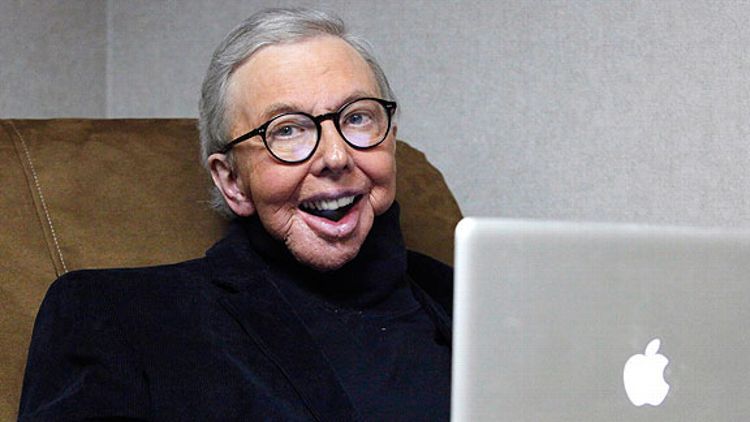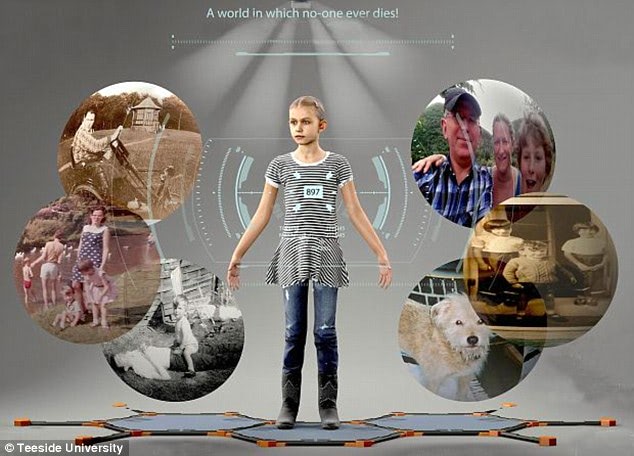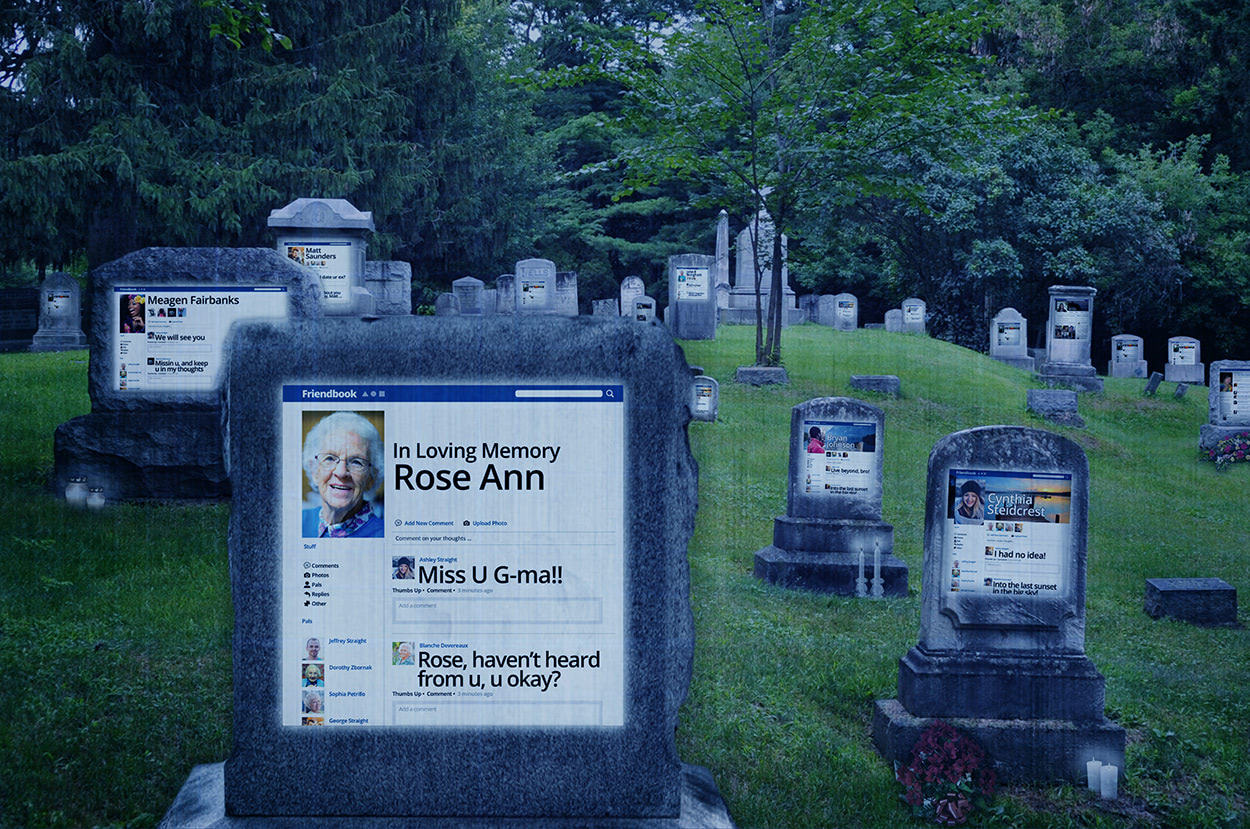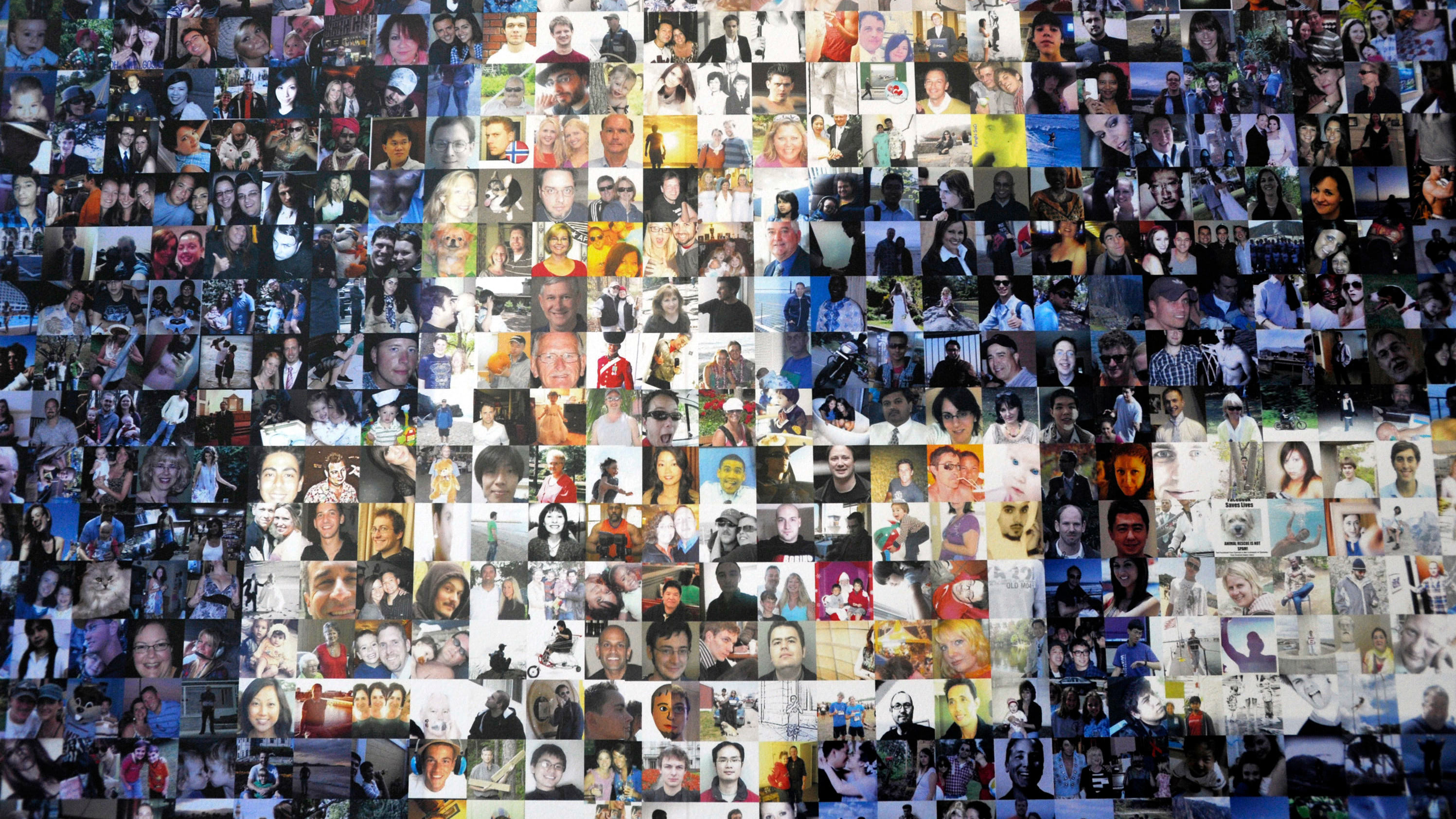Recently, Twitter announced it would be clearing all inactive accounts in an effort to free up dormant usernames and prevent the risk of old accounts being hacked. The new policy was set to wipe out all members inactive for six months or more. This news alarmed many users, who had been treating the accounts of deceased members as spaces of memorialization, as online tombstones where friends and relatives could grieve together.
It seems, when data meets human emotion, the worlds of the living and dead collide and even change places. Given the complexity of such situations, general rules cannot be applied. Just as it is unacceptable to bulldoze a graveyard without warning, Twitter needed to rethink its policy. The social media platform soon backtracked on its decision and stated that [Twitter] "will not be removing any inactive accounts until we create a new way for people to memorize accounts.”
Thankful twitter users expressed their relief:
“I’m literally sobbing...thank you so much, thank you”
“there are accounts where the person is now deceased and ppl like to look at them from time to time.”
“Thank you! my brother passed away. We wanted to have access to tweets to use for a memorial book.”
“Yes, we have a duty to preserve internet history and create lasting memories online”

What happens to your social media after you die?
As the Twitter controversy has revealed, many people return to the pages of lost loved ones to post supportive messages and relive memories recorded online. Social media accounts give grieving friends and family a chronological source from which to reflect. Indeed, Facebook timelines can form an intricate record of a dead users life moments, the people they knew, the times they shared. Their profiles exist as a preserved space in which a person appears to live on.
However, like a person in real life that is unaware of a death, social media is not resistant to awkward, jarring moments of insensitivity. If left untouched, the accounts of deceased people continue to interact with their virtual circle through automated social media functions. This means reminders of birthdays, memories, pending pokes, and that the dead will continue to eerily pop up on your ‘suggested friends’ list. You may receive a shock when providers such as WhatsApp automatically suggest you message a friend who has passed away.
To avoid these triggering moments, Facebook now allows family and friends to convert the accounts of dead people into memorial pages. This process transforms a regular profile into a locked and simplified version, with the word ‘remembering’ placed before the name of the account.
Alternatively, you can chose to appoint a legacy contact, who can access and manage your profile after you die. Twitter and Instagram allow a friend or relative to have a profile deleted after showing an official document that proves the death of the account holder.

Yet, you don’t have to die digitally. You might entrust someone to communicate on your behalf by sharing your login details before you pass. Take for example, Chaz, the wife of successful film critic Roger Ebert, who managed his digital afterlife on Twitter. An agreement made prior to his death meant that she continued to post from his account. Shortly after his passing, Chaz published a pre-prepared tweet from Ebert: ‘Even when the theater has gone dark, the story is still alive in you.’
These profound 'last words' were a comfort for friends, family and followers; a testament of his approach to life delivered from beyond the grave.
The birth of online executors
There are also a plethora of online services that claim to make the transition from offline to online death a smooth one. The website ‘If I die’ lets you record a goodbye video that appointed trustees can publish on Facebook. Failed start up ‘virtual eternity’ created ‘intelligent’ avatars that could live on after you die. Teesside University lecturer Simon McKeown also predicts computers will keep us alive in avatar form.

An app called ‘DeadSocial’ allows you to schedule messages to post on Facebook and Twitter in the aftermath of your physical death. Additionally, services such as ‘LivesOn’ and 'Eter9' claim to have developed AI technology capable of identifying and remembering your chat preferences, enabling you to communicate with friends in your online afterlife.
These services may sound like morbid jokes, but they exist alongside legal provisions that have been recommended on a governmental level. In the US, Florida's Fiduciary Access to Digital Assets Act has made it legally possible to transfer digital possessions of the dead to the living. In Dubai, as of July 2019, a court ruling clarified that wishes for social media accounts can only be acted upon if permission is granted in a legally binding will.
So, have you thought about your online death? Maybe you should. Your social media persona will continue to live on after you die, and may remain one of the most detailed records of your life. In what virtual form would you like to exist after you have gone, if any?
Are social media becoming the new graveyard?
Incidences such as the Twitter account clearing backlash, and special policies dedicated to dealing with death online, form an important example of how social media binds the dead and the living, how online platforms are adapting their actions to address offline tragedies. Has there been a transformation in the way we grieve and the places in which we do it?

Certainly, social media is becoming a key part of the process. Although we may avoid thinking about it, dead Facebook users will soon outnumber the living, thanks to our rising, aging and increasingly social-media savvy population. Communities of mourning will continue to gather around these virtual spaces, interacting with the “living” profiles of the dead. Social media sites are morphing into sacred tombs where the records of an offline existence are kept alive.

Share your thoughts and join the technology debate!
Be the first to comment